Home>Renovation & DIY>Tools & Equipment>How To Tighten Screw Without A Screwdriver
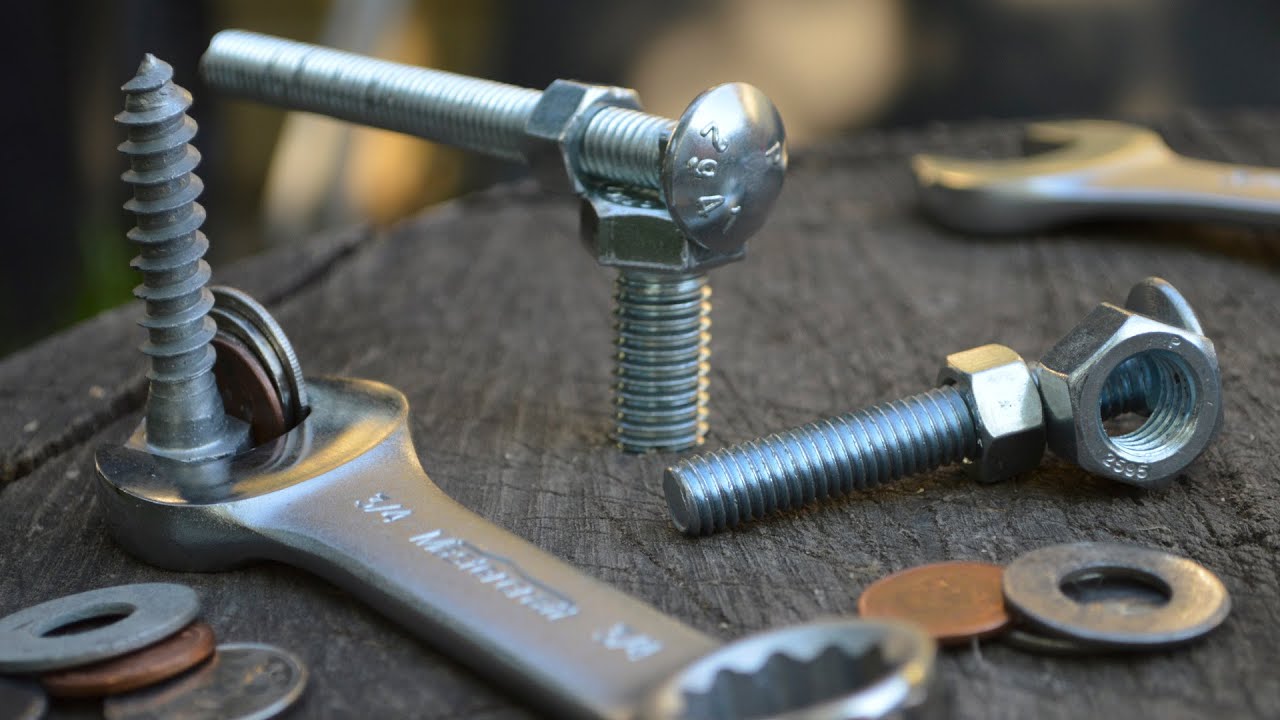

Tools & Equipment
How To Tighten Screw Without A Screwdriver
Modified: August 25, 2024
Learn how to tighten screws without a screwdriver using alternative tools and equipment. Find out innovative ways to get the job done efficiently.
(Many of the links in this article redirect to a specific reviewed product. Your purchase of these products through affiliate links helps to generate commission for Storables.com, at no extra cost. Learn more)
Introduction
When you find yourself needing to tighten a screw but don’t have a screwdriver on hand, it can be frustrating. However, there are several ingenious methods you can use to tighten a screw without a screwdriver.
In this article, we will explore eight different methods that can come in handy in various situations. Whether you’re at home, at the office, or out and about, these methods will ensure that you can tighten a loose screw with items you likely already have on hand.
So, let’s dive into these creative and resourceful techniques to get the job done.
Key Takeaways:
- Creative Solutions for Tightening Screws
Discover innovative methods using everyday items like coins, butter knives, and keys, as well as tools like pliers and drills to tighten screws without a screwdriver. - Caution and Resourcefulness Are Key
Exercise caution and creativity when using alternative methods to tighten screws. Consider the size and accessibility of the screw, and always aim for long-term stability with a proper screwdriver.
Method 1: Using a Coin
One of the simplest and most readily available tools you can use to tighten a screw is a coin. Here’s how:
- Place the coin, such as a dime or a penny, in the screw head. The edges of the coin should align with the slits in the screw.
- Apply downward pressure on the coin while turning it counterclockwise. This pressure will help grip the screw head and allow you to turn it.
- Rotate the coin in a clockwise direction to tighten the screw. Make sure to apply consistent pressure to prevent the coin from slipping.
This method is especially useful for small screws, such as those found on battery compartments, toys, or some household appliances. Just keep in mind that coins may not work well with larger screws or those with particularly tight tolerances.
Using a coin to tighten a screw is a quick and effective solution when you don’t have a screwdriver available. Plus, coins are easily accessible and can be found in wallets, pockets, or even in your car’s console.
However, it’s worth noting that over time, using a coin may wear down its edges or even damage the screw head. So, it’s wise to consider this method as a temporary fix until you can properly secure the screw with a screwdriver.
Method 2: Using a Butter Knife
Another handy tool you can use to tighten a screw is a butter knife. Follow these steps:
- Choose a butter knife with a flat and thin edge. A wider knife may not fit properly in the screw head.
- Insert the knife into the screw head, ensuring that the blade aligns with the slits in the screw.
- Gently apply downward pressure on the knife while turning it counterclockwise to loosen the screw.
- Once the screw is loose, rotate the knife in a clockwise direction to tighten it. Make sure to maintain consistent pressure to avoid slipping.
Using a butter knife is particularly useful when dealing with larger screws or those with recessed heads. Just be cautious, as excessive force or using a knife that’s not suitable for this purpose can damage the screw head or the knife itself.
Please note that while a butter knife can work effectively to tighten or loosen a screw, it’s essential to exercise caution to prevent any accidental injuries. Always be mindful of your grip and the blade’s position to avoid any mishaps.
Remember, this method is intended for temporary use until a proper screwdriver is available. It’s always best to secure the screw using the appropriate tool for long-term stability.
Method 3: Using a Key
If you have a key on hand, you can use it as a makeshift screwdriver. Here’s how:
- Select a key that has a flat and narrow tip, such as a house key or a small flathead screwdriver keychain.
- Insert the key into the screw head, ensuring that the tip fits securely in the slits.
- Apply downward pressure on the key while turning it counterclockwise to loosen the screw.
- Once the screw is loose, rotate the key in a clockwise direction to tighten it. Maintain even pressure to prevent slipping.
Using a key is convenient as it’s an item most people carry with them regularly. This method works well for smaller screws, particularly those found on electronic devices, eyeglasses, or door hinges.
However, keep in mind that using a key as a screwdriver may put strain on the key’s delicate tip, possibly leading to bending or damage. Additionally, keys may not be robust enough for larger or stubborn screws.
It’s crucial to use caution and select a key that you don’t mind potentially damaging. If possible, opt for a spare key instead of your primary house or car key.
Remember, using a key is a temporary solution. Once you have access to a proper screwdriver, it’s advisable to tighten the screw with it for optimal security.
Method 4: Using Pliers
When faced with a stubborn screw and no screwdriver in sight, pliers can come to the rescue. Here’s how to use them:
- Select a pair of pliers with a narrow and pointed tip, such as needle-nose pliers or long-nose pliers.
- Gently clamp the pliers around the screw head, making sure the tips engage with the slits.
- Hold the pliers firmly in place and turn them counterclockwise to loosen the screw.
- Once the screw is loose, grasp the pliers more securely and rotate them clockwise to tighten the screw.
Using pliers as a makeshift screwdriver provides a strong grip and is effective for a wide range of screw sizes. This method is particularly useful for larger screws or those that have become stuck over time.
However, be cautious when using pliers, as excessive force or imprecise handling can damage the screw head, strip the slits, or even cause the pliers to slip. Take your time and ensure a secure grip on the screw before turning.
It’s important to note that using pliers may leave noticeable marks on the screw head. Therefore, consider this method as a temporary solution until a screwdriver becomes available.
Lastly, if you frequently find yourself in situations where you need to tighten screws without a screwdriver, it may be helpful to invest in a multi-tool that includes pliers and various screwdriver attachments for added convenience.
If you don’t have a screwdriver, you can use a coin, butter knife, or any flat, sturdy object to tighten a screw by slotting it into the screw head and turning it carefully.
Read more: How To Tighten Glasses Without A Screwdriver
Method 5: Using a Drill
If you have a power drill available, you can utilize it as an alternative method to tighten a screw. Follow these steps:
- Attach a compatible screwdriver bit to the drill, ensuring it matches the screw head type (e.g., Phillips or flathead).
- Place the screwdriver bit into the screw head and position the drill perpendicular to the screw.
- Gently squeeze the drill’s trigger to rotate the screwdriver bit counterclockwise, loosening the screw.
- Once the screw is sufficiently loose, switch the drill’s direction to clockwise and tighten the screw by applying pressure to the drill’s trigger.
Using a drill with a screwdriver bit provides a powerful and efficient means of tightening screws, especially for larger or stubborn ones. The versatility of drills allows you to adjust the speed and torque to suit various screw sizes and applications.
However, it is important to exercise caution when using a drill. Ensure that the drill’s speed and torque settings are appropriate for the screw and the material it is being tightened into. Careless operation or excessive force can damage the screw, strip the slits, or even cause the drill to slip.
Keep in mind that using a power drill as a screwdriver is most suitable for heavy-duty screws or projects that require a substantial amount of tightening force. For smaller screws or delicate materials, it’s advisable to rely on other methods mentioned in this article.
Remember to have the necessary safety precautions in place when using power tools, such as wearing protective eyewear and gloves, and always following the manufacturer’s instructions and guidelines.
Once the screw has been adequately tightened using the drill, it is recommended to inspect it periodically to ensure it remains secure and snug.
Method 6: Using an Adjustable Wrench
If you have an adjustable wrench on hand, it can be a handy tool for tightening screws. Follow these steps:
- Choose an adjustable wrench that properly fits the size of the screw head. Ensure the jaws of the wrench open wide enough to accommodate the screw head.
- Position the wrench jaws on the sides of the screw head, allowing them to grip the edges securely.
- Hold the wrench steady and turn it counterclockwise to loosen the screw.
- Once the screw is loose, switch the wrench’s direction to clockwise and continue turning to tighten the screw.
The adjustable wrench provides a strong grip and significant leverage, making it ideal for tightening larger screws or those that require more force. Its design allows for precise control over the tightening process.
However, it’s important to exercise caution when using an adjustable wrench. Ensure that the wrench is positioned correctly on the screw head to avoid slipping or damaging the surrounding surface. Additionally, take care not to apply excessive force, as it can strip the screw or damage the wrench.
This method is useful in various situations, whether you’re working on mechanical projects, plumbing fixtures, or even furniture assembly. It offers versatility and ease of use, making it a reliable option when a screwdriver is not readily available.
Remember, just like with other methods mentioned earlier, using an adjustable wrench should be considered a temporary solution. It’s always best to secure the screw with a screwdriver for long-term stability once it becomes accessible.
Method 7: Using a Pair of Scissors
Surprisingly, a pair of scissors can be used to tighten screws in a pinch. Here’s how:
- Select a pair of scissors with pointed tips, such as craft or sewing scissors.
- Position the scissors’ tips inside the screw head, ensuring they fit securely.
- Hold the scissors firmly in place and turn them counterclockwise to loosen the screw.
- Once the screw is loose, rotate the scissors in a clockwise direction to tighten it. Make sure to maintain a secure grip on the screw head.
Using scissors as a makeshift screwdriver can be effective for smaller screws, such as those found in toys, eyeglasses, or small household items. It’s a handy solution when you don’t have a screwdriver readily available.
However, it’s important to exercise caution when using scissors in this manner. The pointed tips of the scissors may not provide as secure of a grip as a screwdriver, and there is a risk of slipping and potential injury. Take your time and ensure a firm hold on both the scissors and the screw head before turning.
Keep in mind that using scissors may leave marks on the screw head or damage the scissors’ tips over time. Therefore, it’s advisable to consider this method as a temporary solution until you can secure the screw properly with a screwdriver.
If you frequently find yourself in situations where a screwdriver is not available, you may want to consider carrying a small multi-tool or a Swiss Army knife with a screwdriver attachment. These tools are specifically designed for various tasks, including tightening screws, and offer more stability and precision than using scissors.
Method 8: Using a Paperclip
A humble paperclip can serve as a useful tool when it comes to tightening screws. Here’s how you can use it:
- Bend the paperclip into a straight line, ensuring it is long enough to reach the screw head.
- Insert one end of the paperclip into the screw head, aligning it with the slits or grooves.
- Apply downward pressure on the paperclip while turning it counterclockwise to loosen the screw.
- Once the screw is loose, rotate the paperclip in a clockwise direction to tighten it. Maintain a steady grip to prevent slipping.
Using a paperclip as a makeshift screwdriver is most effective for small screws, such as those found in electronics, eyeglasses, or furniture. It’s a convenient solution when you don’t have a proper screwdriver at hand.
However, keep in mind that the paperclip may not provide the same leverage and stability as a screwdriver, especially for larger or tightly secured screws. Exercise caution and be patient when using this method, as the paperclip can easily slip and cause damage to the screw head or surrounding area.
Additionally, it’s important to note that the thin metal of a paperclip may not withstand repeated use as a screwdriver. Consider this method as a temporary fix and plan to secure the screw properly with a screwdriver once you have access to one.
If you often find yourself in situations where you need to tighten screws without a screwdriver, you may want to consider investing in a compact screwdriver set or a keychain tool that includes a mini screwdriver attachment. These tools are designed specifically for various screw sizes and offer more stability and reliability than a paperclip.
Conclusion
When faced with a loose screw and lacking a screwdriver, it’s important to remember that there are several creative and resourceful methods you can employ to tighten it. From using everyday items like coins, butter knives, and keys, to utilizing tools such as pliers, drills, adjustable wrenches, scissors, and paperclips, these techniques can come in handy in various situations.
While these alternative methods may not provide the same level of precision and stability as a proper screwdriver, they can serve as temporary solutions to secure screws until a screwdriver becomes available.
When employing these methods, it’s crucial to exercise caution and take your time to ensure a secure grip on the screw head. Avoid applying excessive force to prevent slipping, damage to the screw head, or injury.
Consider the size of the screw, the accessibility of the area, and the materials involved when selecting the most suitable method. For larger or tightly-seated screws, using tools like drills, adjustable wrenches, or pliers may prove more effective. Conversely, for small or delicate screws, options like coins, butter knives, keys, scissors, or paperclips can work well.
Once you have successfully tightened the screw using one of these methods, it’s advisable to periodically check its stability. If the screw loosens again or requires further tightening, it is best to secure it with a proper screwdriver when possible to ensure long-term stability.
Ultimately, having a reliable and comprehensive set of tools and equipment, including screwdrivers of various sizes and types, is essential for any DIY enthusiast, homeowner, or professional. However, in those moments when a screwdriver is not within reach, these ingenious methods can save the day.
So, next time you find yourself in a tight spot without a screwdriver, remember these creative alternatives. With a bit of resourcefulness and some everyday items, you can confidently tighten loose screws and complete your tasks with ease.
Frequently Asked Questions about How To Tighten Screw Without A Screwdriver
Was this page helpful?
At Storables.com, we guarantee accurate and reliable information. Our content, validated by Expert Board Contributors, is crafted following stringent Editorial Policies. We're committed to providing you with well-researched, expert-backed insights for all your informational needs.
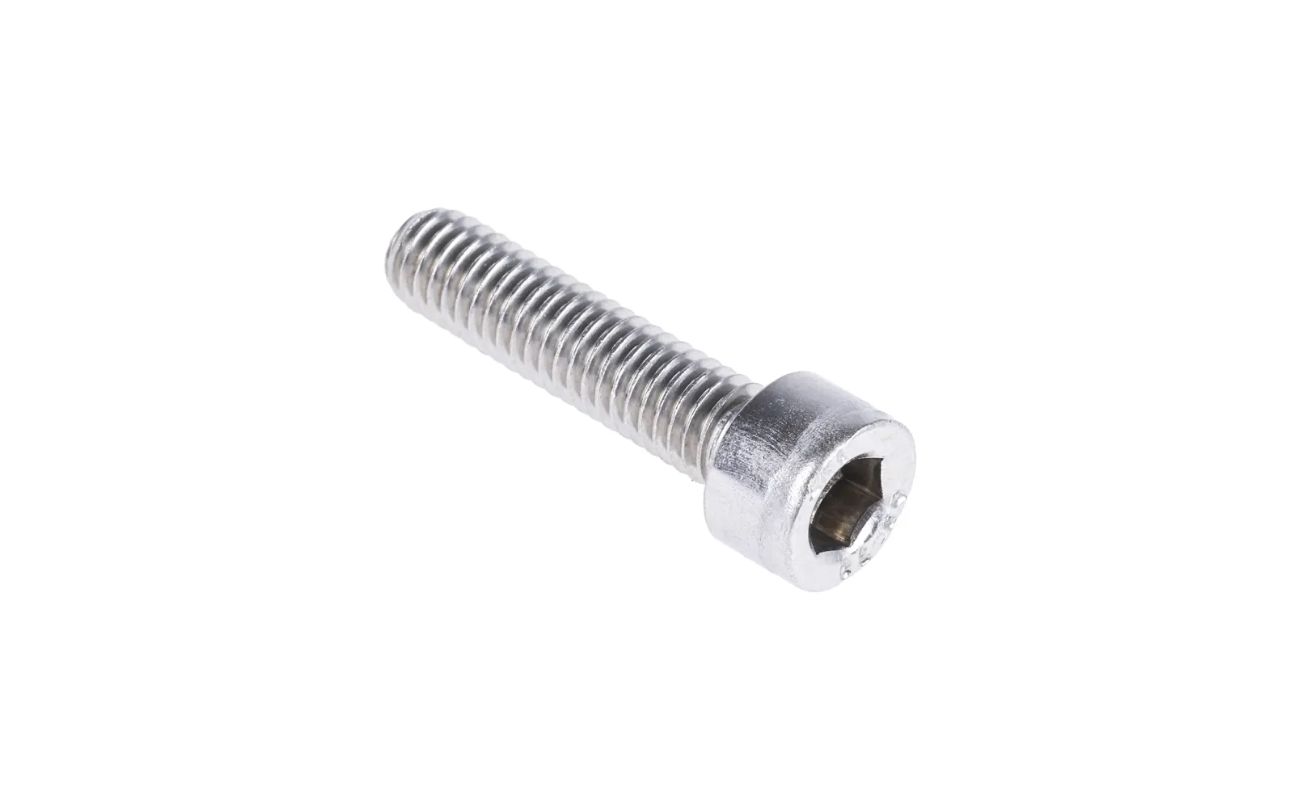
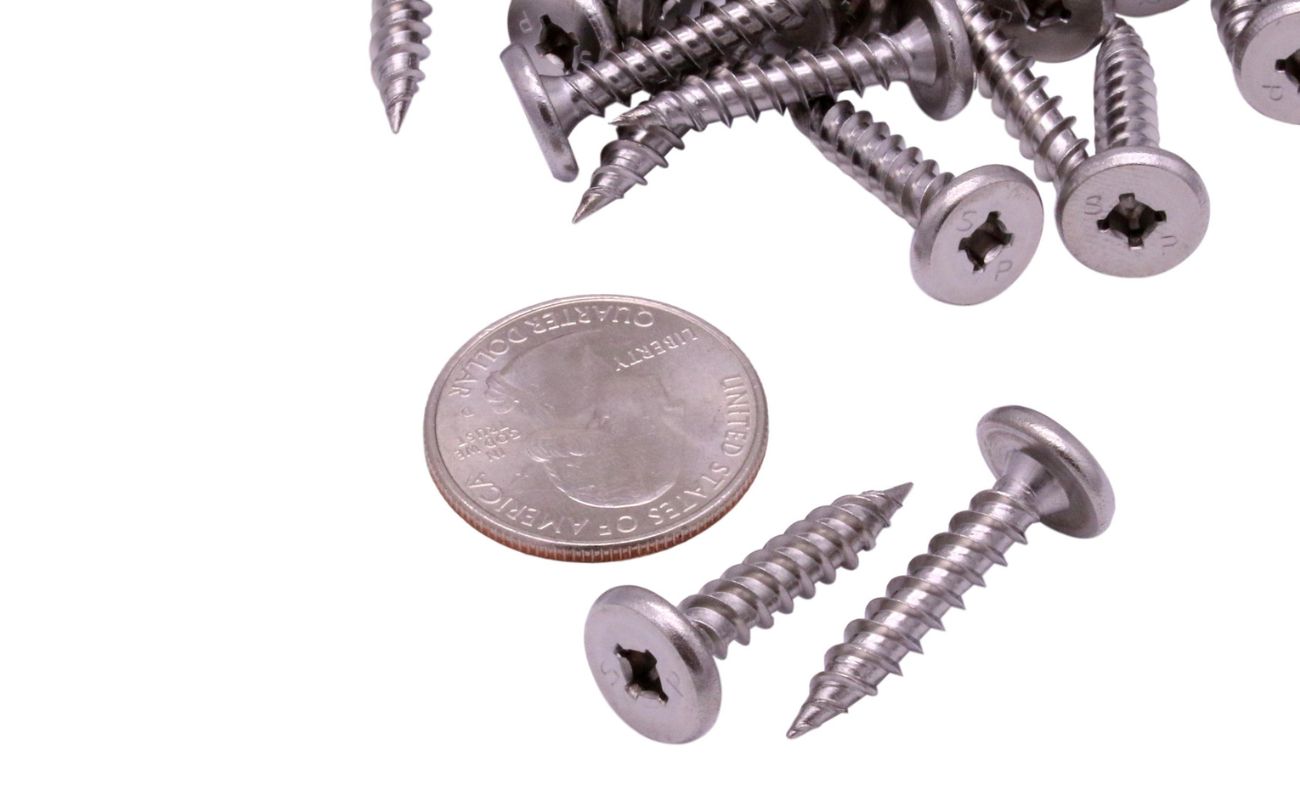
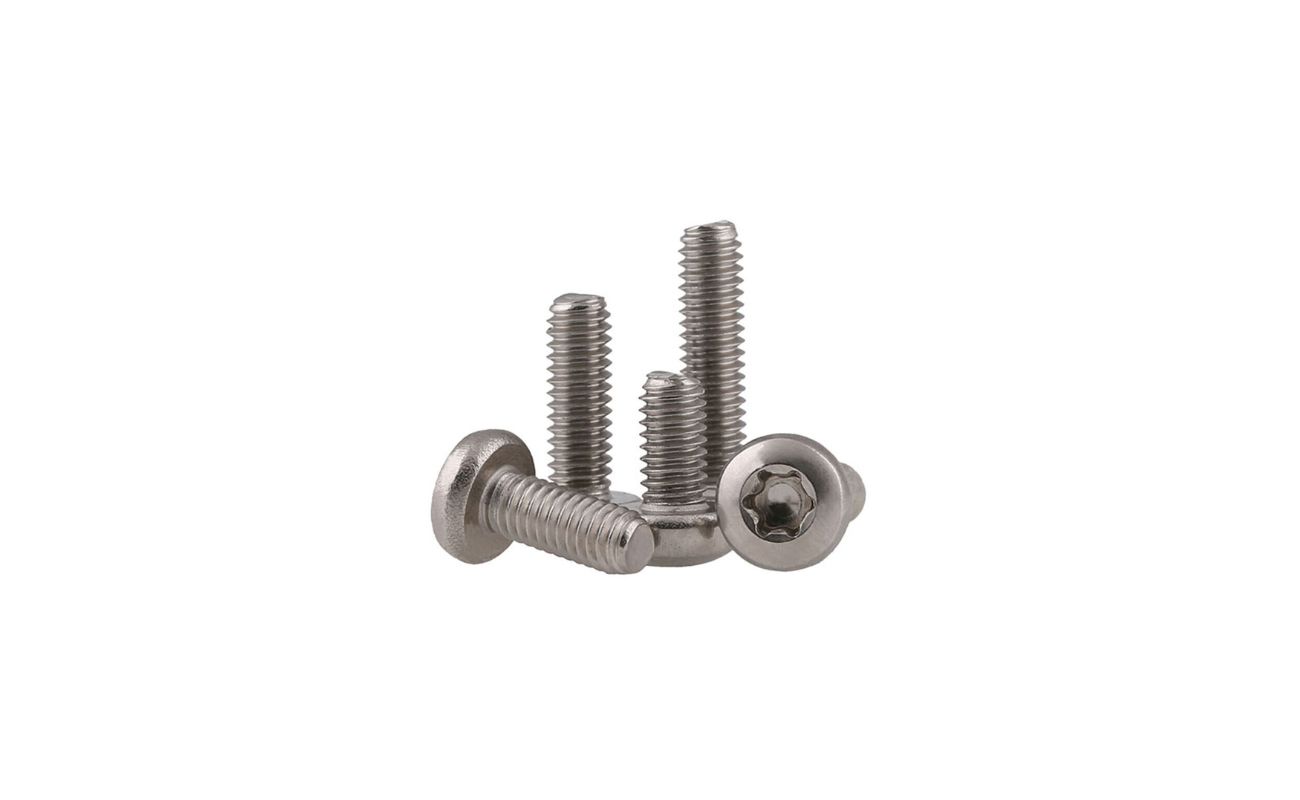
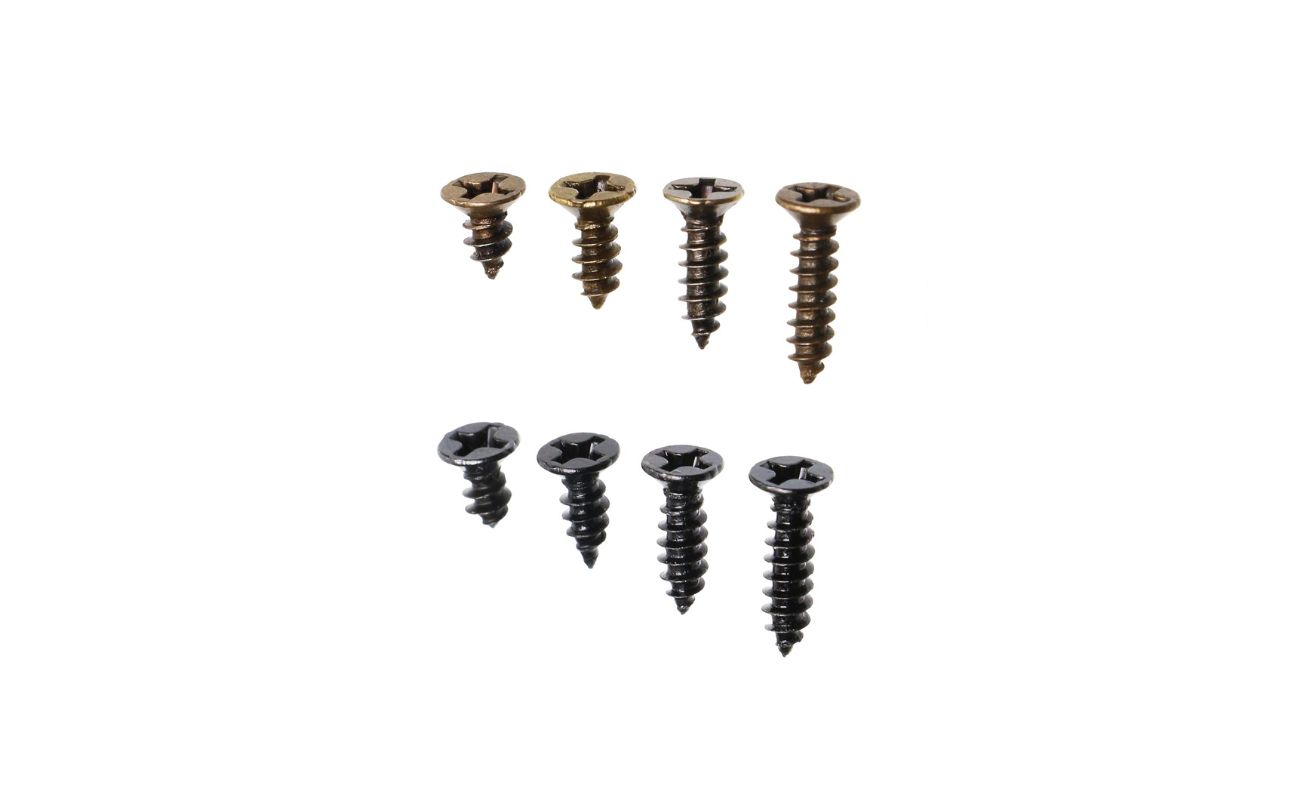
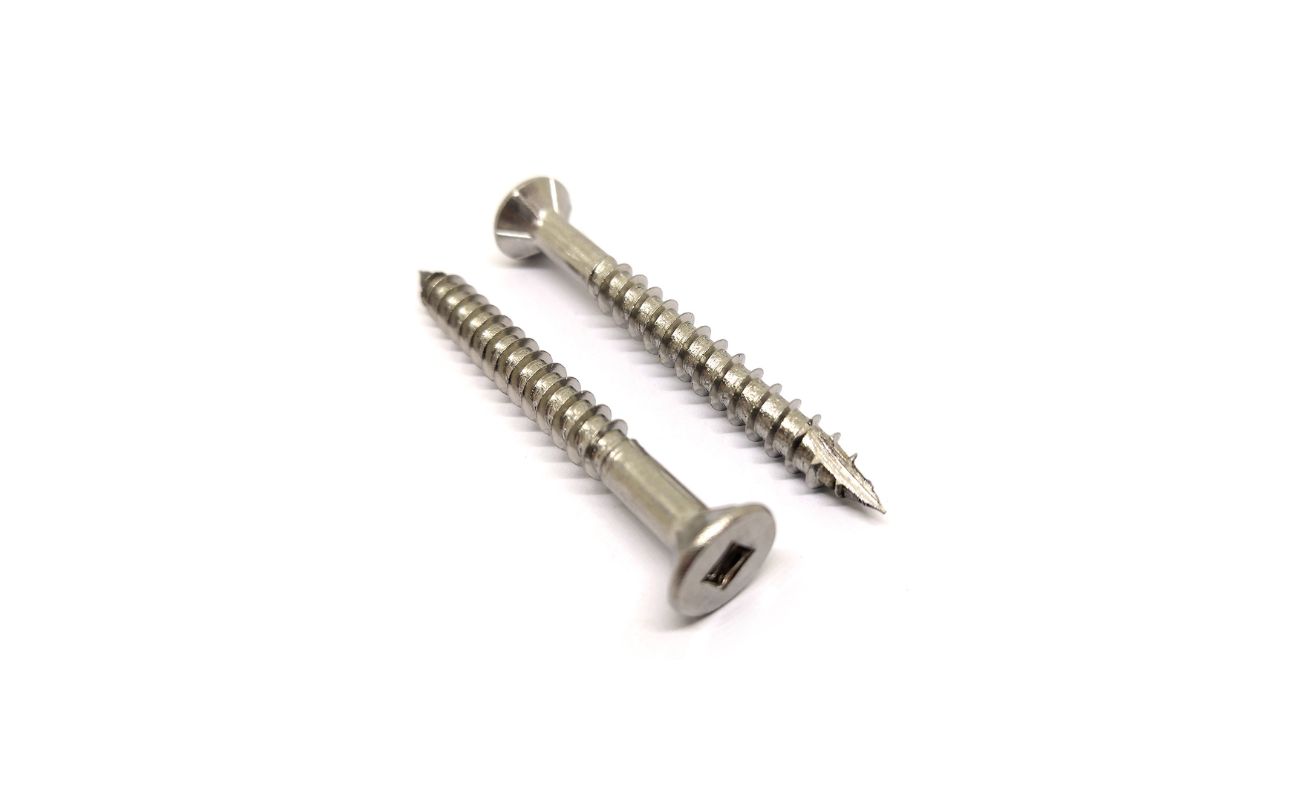
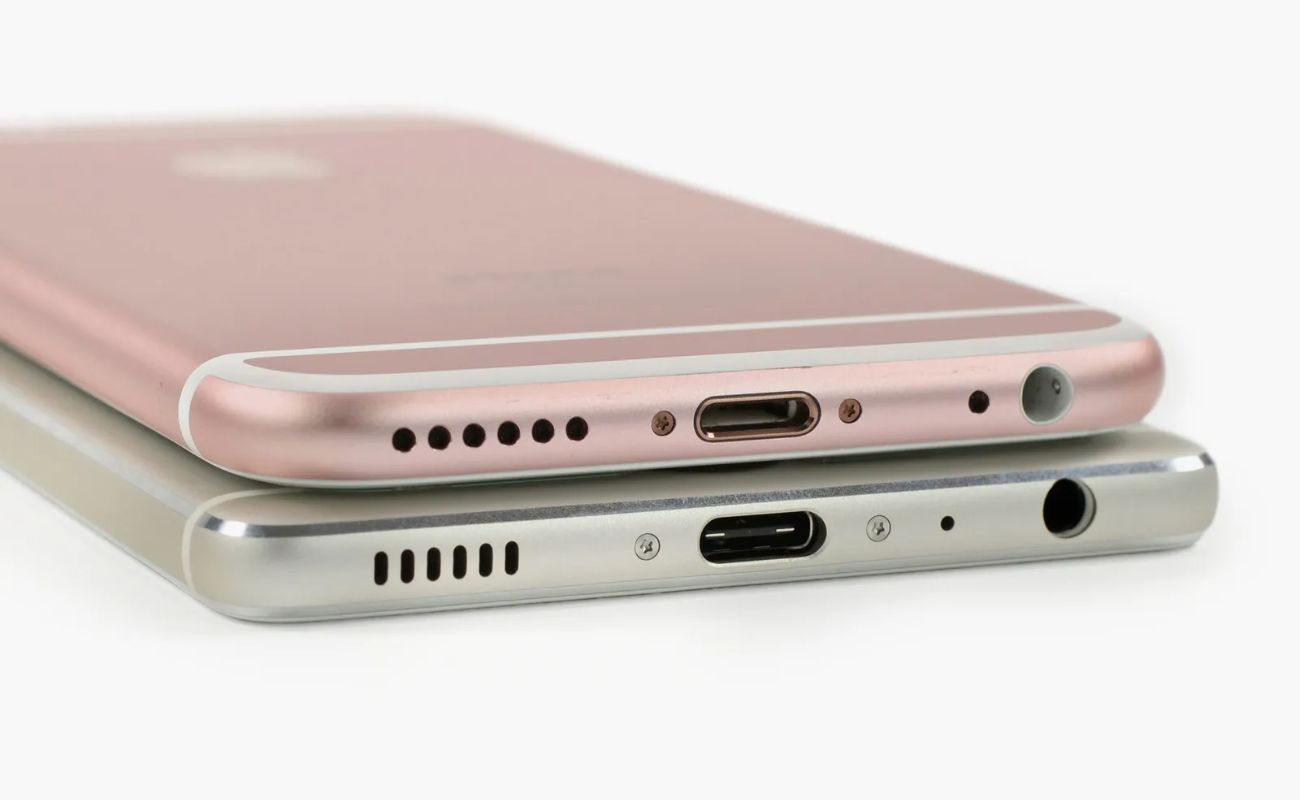
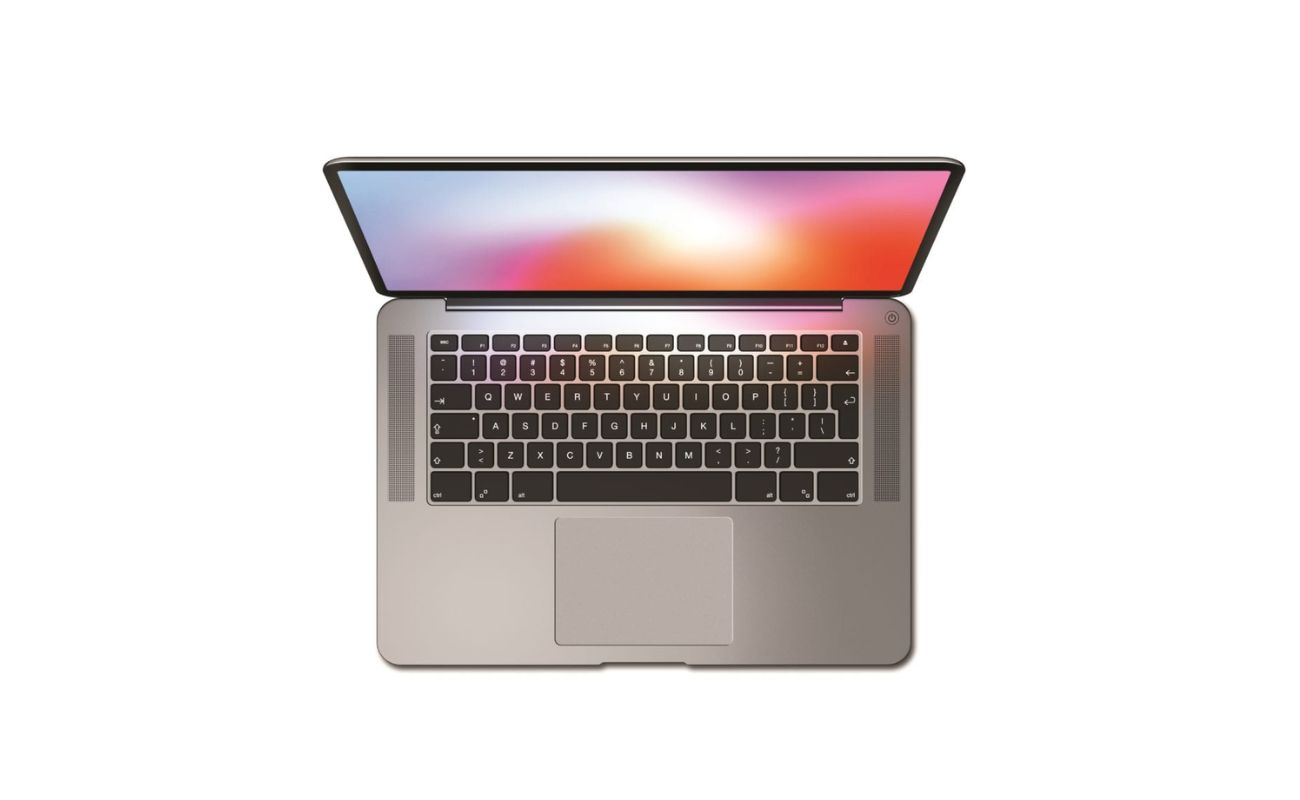
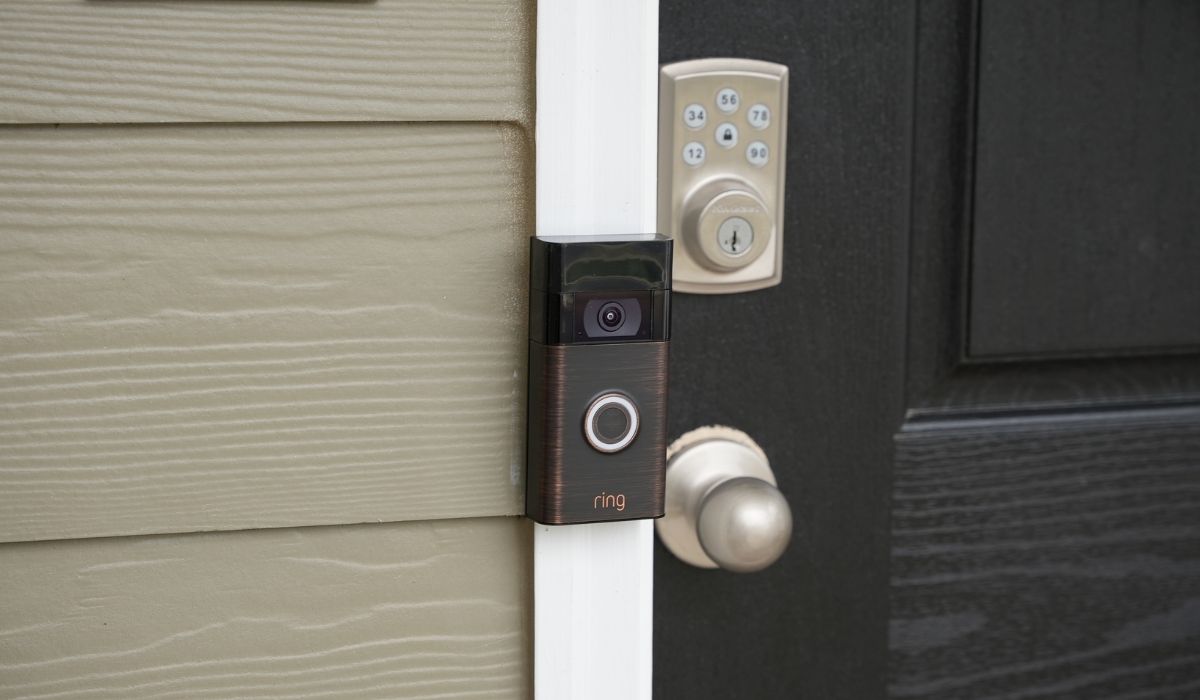
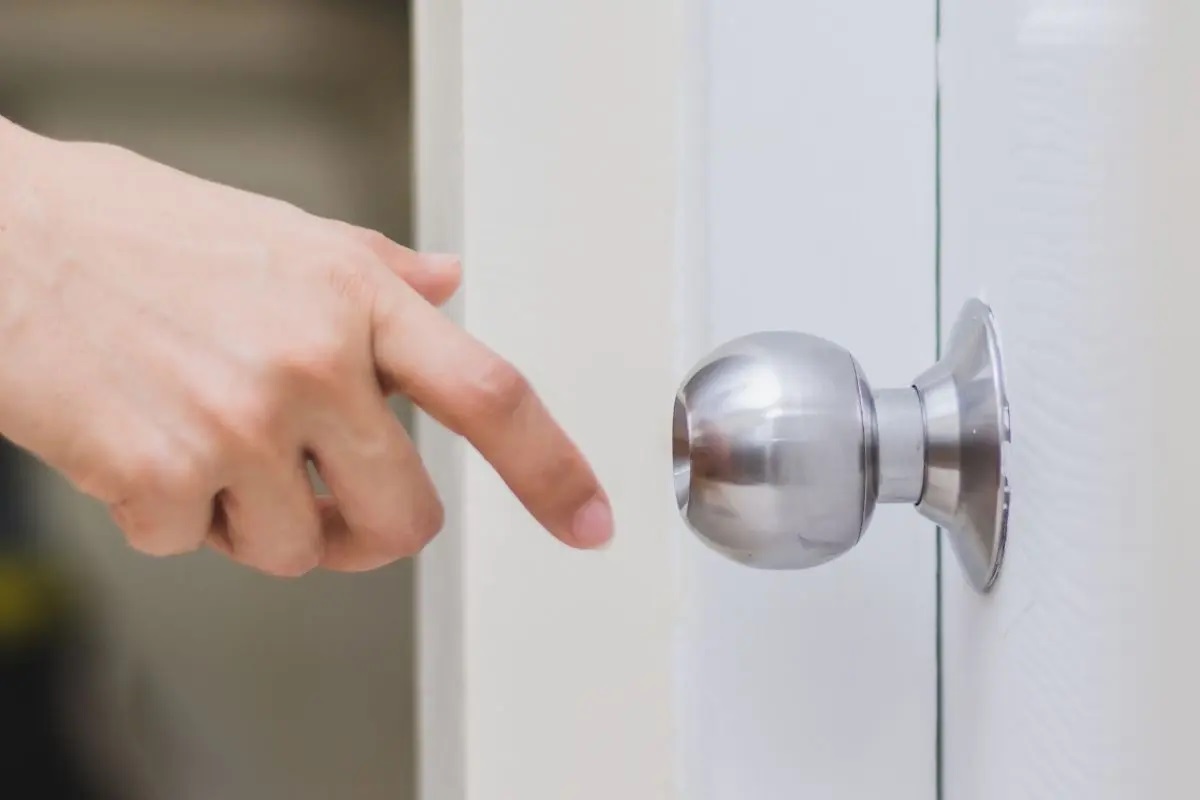
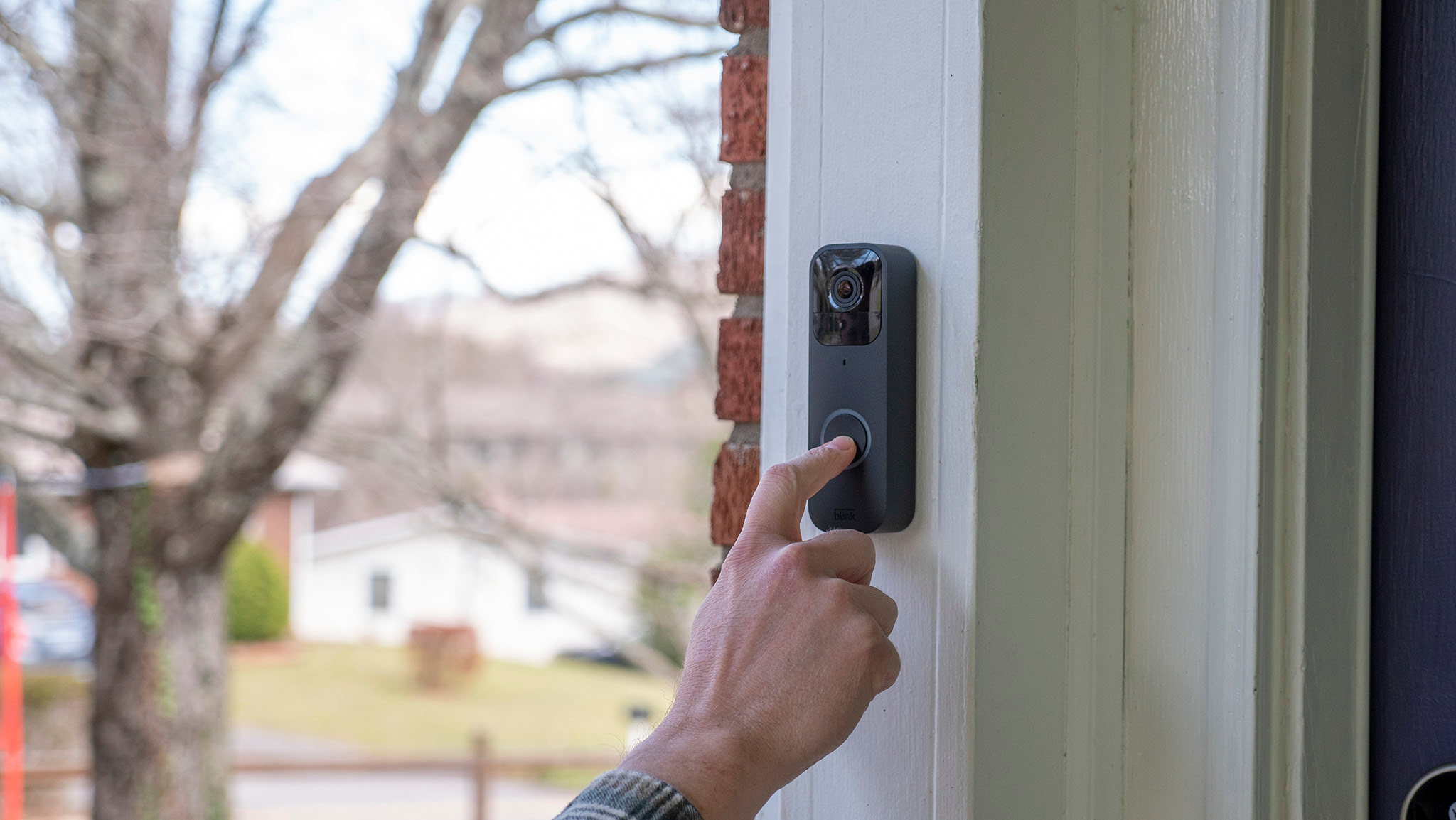
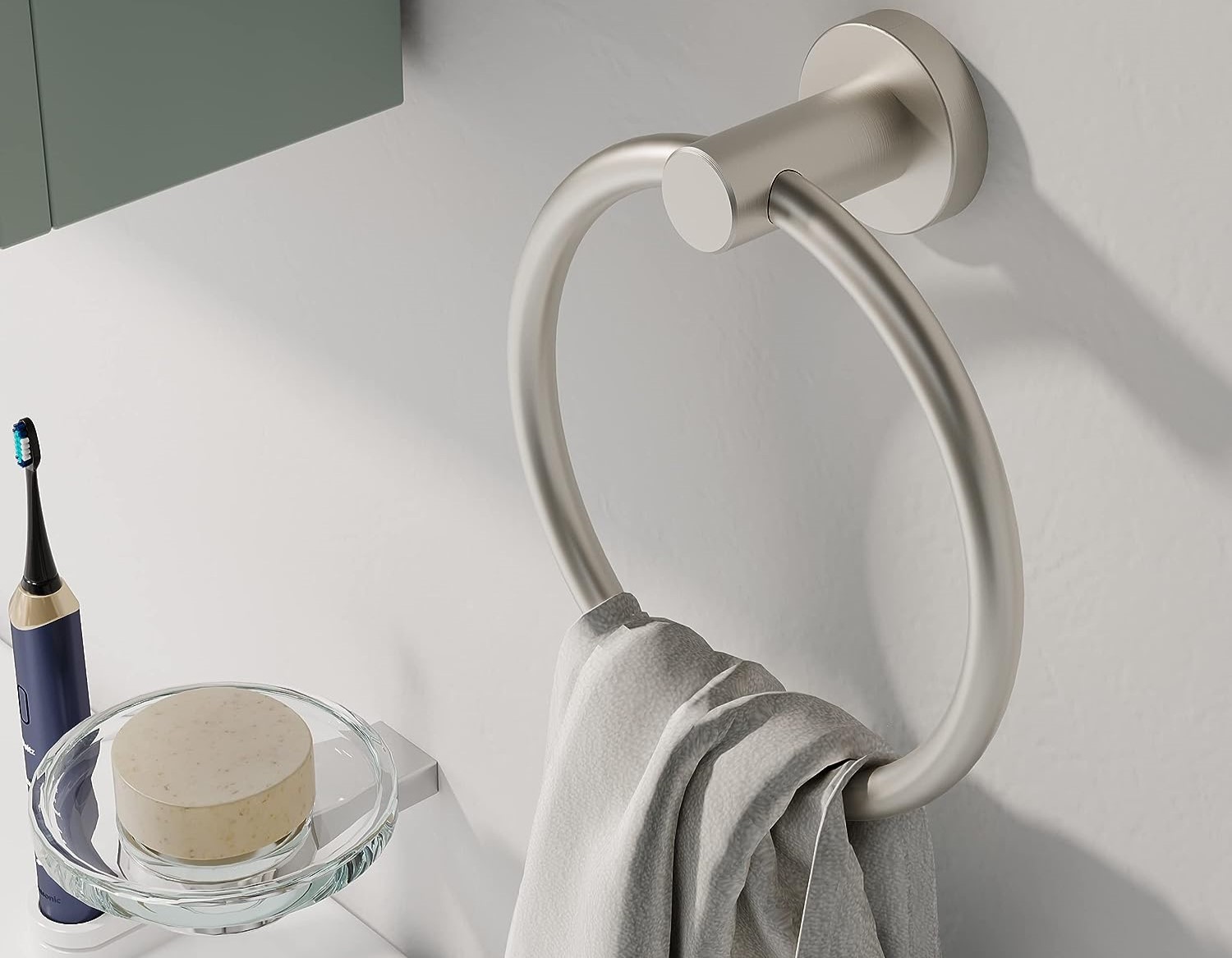
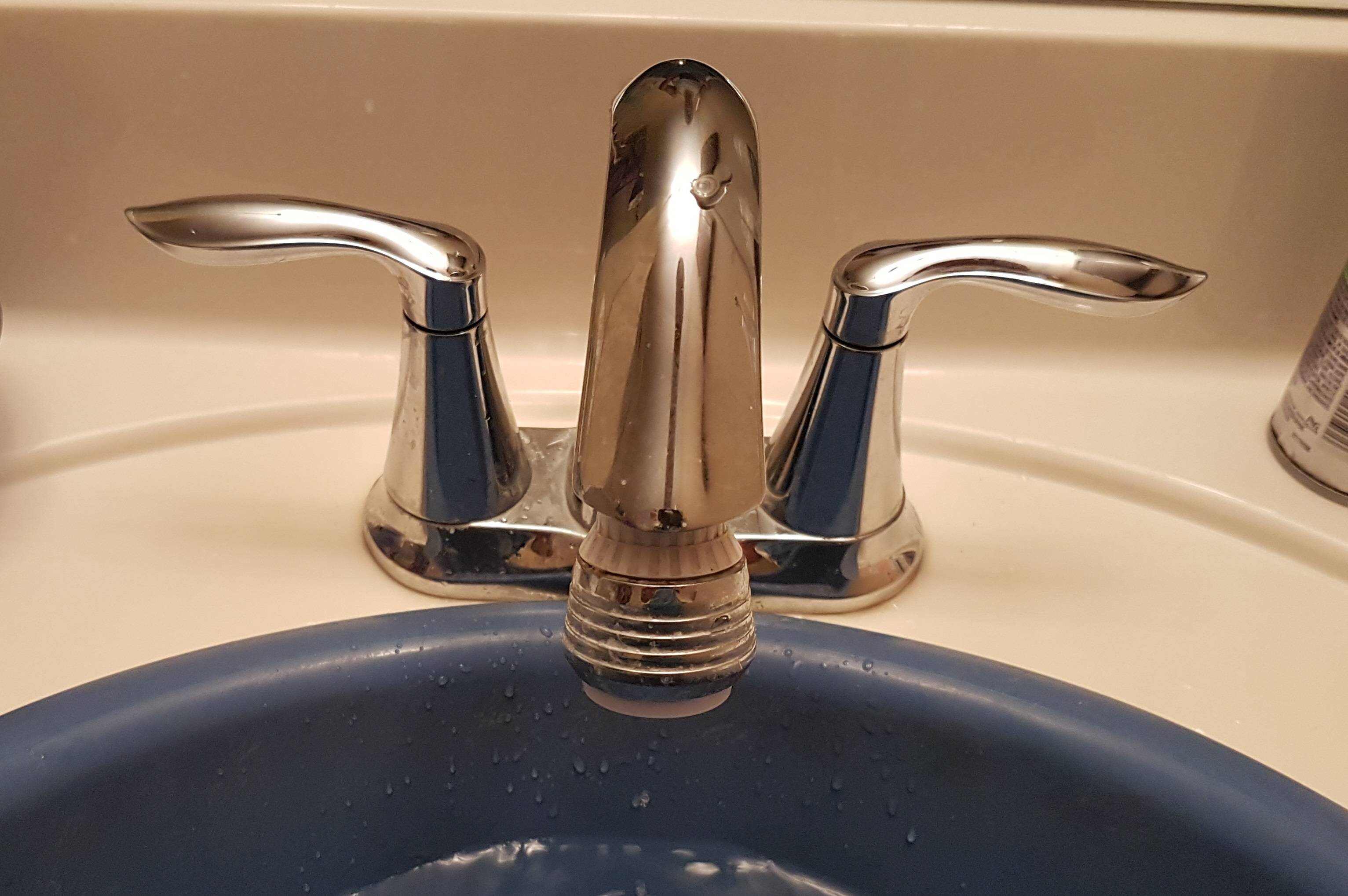
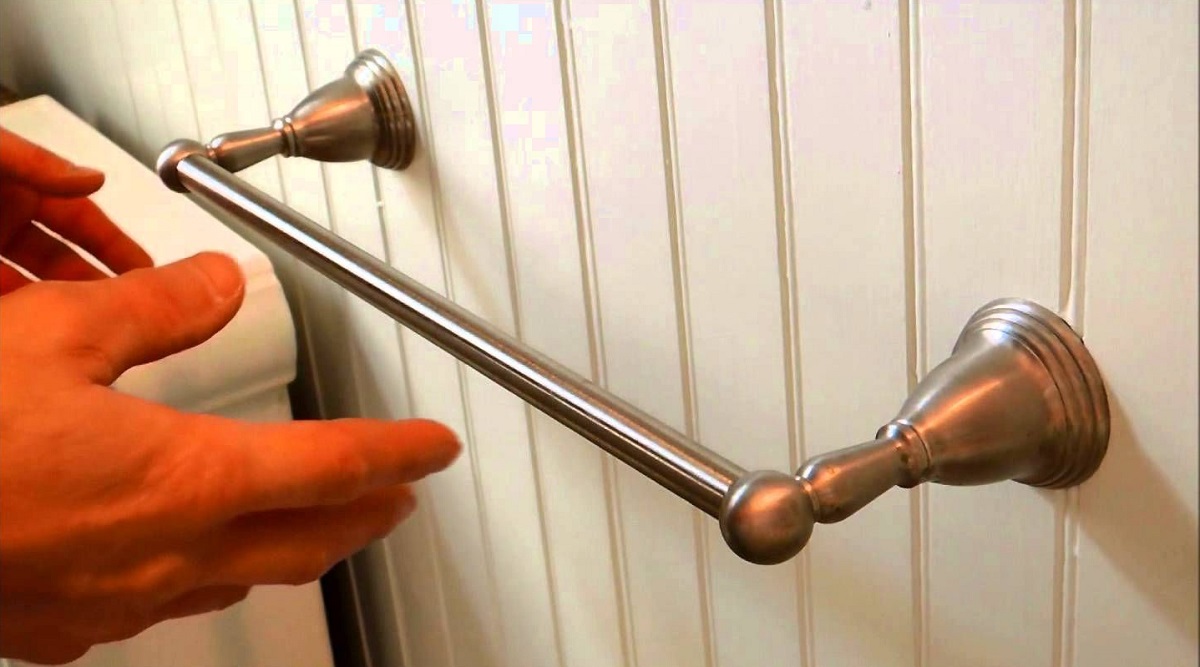

0 thoughts on “How To Tighten Screw Without A Screwdriver”